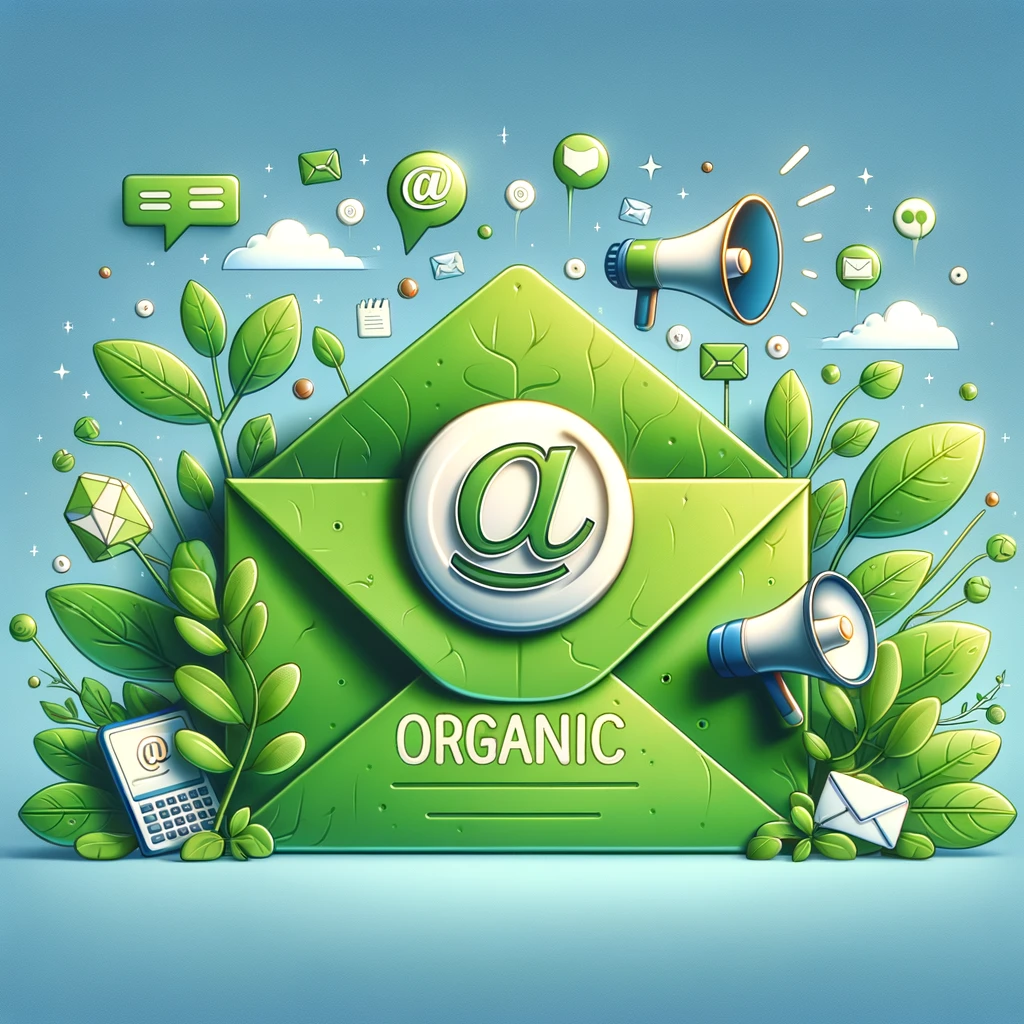
Fresh start for 2017: 8 steps to spiffing up your email campaign
Are your email marketing campaigns hitting a stalemate? Maybe your open or click-through rates are dropping off, your content is lacking pizzazz, or your subject lines are sounding more clichéd than clever.
You’re far from alone if your campaign needs a refresh from time to time. Not only are your marketing themes and techniques bound to evolve along with shifts within your business and industry, but continually doing things the same way lulls readers into complacency.
Scientists theorize that the human brain releases dopamine when it’s successfully able to pick out patterns in the information it’s receiving. But once those patterns become too familiar, the dopamine is reduced, driving us to seek out input that’s less familiar.
“Our brains actually need stimulation, and they especially need novelty,” explains Adam Sinicki on Healthguidance.org. “This is what allows our brains to maintain their plasticity and flexibility, it encourages neurogenesis (the birth of new brain cells), and without it atrophy will increase.”
Such patterns explain why it’s important to evaluate the quality of campaigns on a regular basis. Email marketing is too valuable an opportunity to squander on mediocre strategy; it remains one of the easiest, most effective forms of marketing available, and it continually offers excellent ROI in comparison to other mediums. When compared to Facebook and Twitter marketing, for example, it’s nearly 40 times more useful for acquiring customers.
To take a fresh look at various elements of your campaign, consider how you might improve the following:
- Better-strategized subject lines. These few lines can be surprisingly powerful, and there’s a huge school of thought devoted to which techniques most appeal to customers. In fact, recent research shows 47 percent of email recipients quickly decide whether to open or ignore your emails based on the subject line alone. As such, the titles you craft should be creative, clear, urgent, and optimized in such a way that customers are encouraged to open them immediately. Be sure to optimize your subject line for the mobile world, since 68 percent of emails are now opened via smartphone. Lines surpassing 50 characters will get cut off on mobile, so make sure the most important information is at the beginning. To get inspiration for new subject lines, scroll through your own inbox and take note of which strategies might motivate you to click — and which might be incorporated into your own campaign. Some ideas for clever lines are also listed here.
- A different template. If you contract with an email service provider like VerticalResponse, you have immediate access to a wide range of templates to choose from, allowing you to switch up color schemes and other design elements nearly effortlessly. Instead of spending hours debating which fonts and color combinations are most apt to impress, you merely select one of many combinations assembled by our experienced and talented designers. Sometimes just a change of scenery is all that’s needed to catch a reader’s eye anew.
- An alternate layout. If changing templates seems too drastic, try adjusting the layout. VerticalResponse templates are customizable, allowing you to opt for subtle changes in the layout instead of a complete design overhaul.
- Better use of A/B split testing. Another way of refreshing your campaign is by fine-tuning audience preferences through these quick and easy tests that compare one prospective version with another. Consumers and culture are constantly changing, and email marketing is an inexact science; that’s why it’s advisable to continually gauge whether your audiences are most responsive to humor or a serious tone, a question versus a statement, symbols versus straight text, a hard sell versus soft, and so on.
- Better use of surveys. Customer questionnaires are another way of gauging which changes your audiences may wish to see in your campaign. Questions might include which content they’d like to receive, which of your products and services are of most interest, and/or how often they’d like to receive email. Free services like VerticalResponse can make DIY surveys fast and easy. Keep your questions brief, and clue in your audiences about the results and what you plan to do with them.
- Improved mobile-friendliness. The spiraling usage of smartphones points to the importance of double-checking all elements of your email campaign to ensure it’s optimized for responsive design, allowing for fast downloads of images and clear viewing of every part of the content no matter the screen size. In a perfect world, your emails will pique customers’ interest when they’re on the go, spurring them to buy immediately or as soon as they reach their laptop or desktop. A serif font is recommended for headlines, a sans serif font for any other text. Headlines should be 22pt, while additional font in the email should be 12pt or larger.
- Better measurement. Perhaps your email campaign seems to be struggling, but you’re not gauging its effectiveness in quantitative terms. Now may be a good time to step up your measurement through the latest tools created for that purpose. At minimum, you should have a good handle on your conversion rates, bounce rates, open rates, and unsubscribe rates compared to industry standards so you can pinpoint the most and least effective parts of your campaign.
- Better-conceived content. When your campaign is no longer receiving the stellar response you’re looking for, one of the top culprits may well be your content. Devising content that’s relevant, clear, brief, and highly targeted toward your key audience can be an art unto itself, partly because there’s so much to consider in the creation process. A few key questions to ask yourself in that process:
- Have I done enough to segment my email list? The more data you can gather about the people on your list, the more efficiently you can customize your messages in order to ease them further down the sales funnel. Use the analytics tools at your disposal to learn everything you can about your audience’s key demographics and buying behavior, then use that intelligence to create messaging they’re most likely to respond to. Plenty of research cited online is geared toward understanding and catering to individual audiences.
- Have I established a voice for my brand? Depending on the age, income level, cultural background, geographic location, and level of conservatism of your key audience, you’ll want to position your brand in a certain way that’s likely to appeal. If you’re selling clothes to teenagers, for example, the verbiage you use in your emails should be completely different than the tone you’d use to sell car parts. Make sure every campaign aligns with the voice you’re attempting to establish.
- Are my messages short, clear, and easy to understand? Email audiences are accustomed to quickly scanning crowded inboxes to search for anything of value. That’s why you must get to the point right away and keep messages brief and highly digestible, whether you’re making that point through sharply rendered images or simply stated text. If the content is longer by necessity (e.g., you’re offering up a newsletter, white paper or eBook), don’t hesitate to place a brief synopsis at the top of the email, incorporate frequent subheads and bullet points to make it easier to read, and/or replace most of the content with a link that guides interested readers to the full piece.
- Does my content lack variety? There’s no reason to repeat the same three types of messages throughout a campaign, and you don’t have to reinvent the wheel to come up with them yourself. For one thing, you could think about incorporating blog posts, videos, or images created for other elements of your company marketing, especially if they’ve already received a lot of hits, likes, or attention. Don’t include an entire article in your emails, however; feature a teaser that links to the rest of the article on your website or blog. This list might give you other ideas for adding variety to your content.
- Is my call-to-action effective? You must be brief and crystal clear about what you want the customer to do once the email is opened: Make a purchase? Download a guide? Read an article? Each email should include no more than two such requests, and each CTA should be ridiculously easy to respond to via link or attractively positioned button. Add and customize CTA buttons in seconds with VerticalResponse’s email editor or check out our button builder to devise pristine and professional buttons for your next email.
- Have I optimized social media buttons? Don’t waste an opportunity to connect with customers. Every email should include easy-to-click buttons linking viewers to your social media sites, allowing for cross-marketing and a greater number of options for reaching audiences.
Even the best-laid email campaigns can go awry if they’re not evaluated with fresh eyes from time to time. Don’t hesitate to make continual tweaks to content, design, and measurement through the years to ensure your plans are promoting your brand to full effect.
Build, send and track emails that look great on any device
Editor’s note: This blog post was originally published in June 2014 and has been revamped and updated for accuracy and relevance.
© 2017 – 2018, Contributing Author. All rights reserved.
 START YOUR FREE TRIAL
START YOUR FREE TRIAL 


